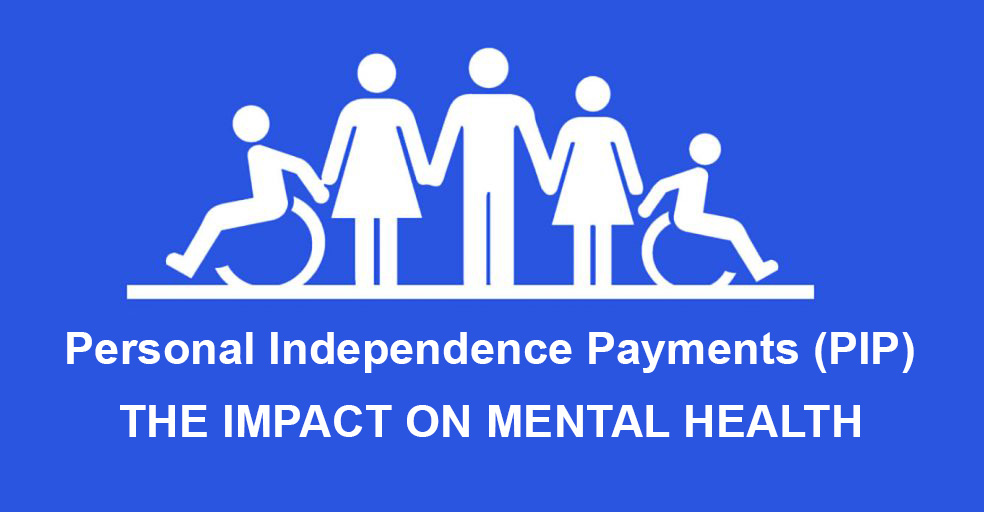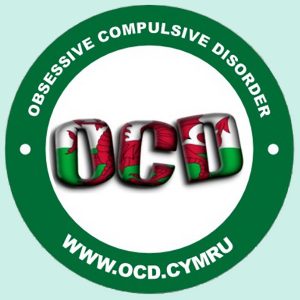Controversial DWP Petition Emerges to Halt Surveillance of Benefits Claimants’ Bank Accounts
In a twist of irony, the spotlight of financial scrutiny seems to be disproportionately focused on the poor, while our collective aspiration is to escape the clutches of poverty. The paradox emerges as the underprivileged face heightened surveillance, raising questions about the fairness of a system where the rich and policymakers potentially amass wealth at the expense of those in need. Perhaps it is time to redirect our attention inward, examining the less visible realms of undisclosed donations and money laundering, where the wealthy wield influence while the impoverished continue to bear the burden of financial scrutiny.
In a move that has sparked widespread debate and concern, the Department for Work and Pensions (DWP) is facing a petition to cease what some describe as ‘spying’ on the bank accounts of millions of benefits claimants. The contentious practice has drawn criticism from various quarters, raising questions about privacy, data protection, and the balance between monitoring welfare payments and respecting individuals’ rights.
The Controversial Practice:
The controversy revolves around the DWP’s use of data analytics to scrutinize the bank accounts of individuals receiving benefits. Advocates argue that this approach helps in identifying potential fraud and ensures that public funds are distributed to those who genuinely need them. However, opponents claim that the surveillance infringes on individuals’ privacy rights, leading to calls for a reevaluation of the current monitoring mechanisms.
Privacy Concerns:
Critics argue that the DWP’s surveillance of bank accounts represents an overreach into the private financial affairs of citizens, potentially violating their right to privacy. The fear is that such extensive monitoring may have a chilling effect on claimants, discouraging them from seeking the support they are entitled to due to concerns about their financial privacy being compromised.
Data Security and Protection:
Another focal point of the debate is the security of the collected data. Skepticism surrounds the ability of government agencies to safeguard sensitive financial information from potential breaches. With the growing prevalence of cyber threats, ensuring the robust protection of claimants’ data is crucial to prevent unauthorized access or misuse.
Transparency and Accountability:
Transparency in government actions is a cornerstone of a democratic society. Critics argue that the lack of clear communication about the extent and purpose of bank account surveillance raises questions about accountability. There are calls for the DWP to provide detailed information on the criteria used to select individuals for scrutiny and the specific outcomes of the monitoring process.
Public Backlash and Petition:
The public’s response to the revelations has been swift and vocal. A petition has been initiated, urging the DWP to cease the surveillance of the bank accounts of benefits claimants. The petition argues that such practices undermine trust in government institutions and violate the fundamental principles of privacy.
Government Response:
In response to the mounting criticism, the government has defended the surveillance measures, emphasizing the importance of safeguarding public funds and preventing fraudulent claims. However, there is an acknowledgment that concerns about privacy and data protection need to be addressed.
Safeguarding Financial Privacy:
Understanding the Role of Privacy Laws in Protecting Your Bank Account
In an age where digital transactions and online banking have become the norm, the protection of financial privacy has never been more crucial. Privacy laws play a pivotal role in ensuring that individuals’ sensitive financial information is shielded from unwarranted intrusion. We shall explore the significance of privacy laws in safeguarding your bank account and the circumstances under which third-party surveillance is permitted, with a focus on suspected fraud.
The Foundation of Financial Privacy Laws:
Financial privacy laws are designed to establish a framework that protects individuals from unauthorized access to their banking information. These laws set the boundaries for financial institutions, ensuring that they handle customer data responsibly and transparently. Key regulations, such as the Gramm-Leach-Bliley Act (GLBA) in the United States and the General Data Protection Regulation (GDPR) in the European Union, underscore the importance of safeguarding financial information.
Your Right to Privacy:
One of the fundamental principles enshrined in privacy laws is the individual’s right to privacy. This extends to financial transactions and bank account details, recognizing the sensitive nature of such information. Financial institutions are legally bound to uphold these privacy rights and take measures to protect customer data from unauthorized access or disclosure.
Protection Against Third-Party Surveillance:
Privacy laws generally prohibit third-party surveillance of individuals’ bank accounts without explicit consent or legal justification. Financial institutions are not permitted to share your banking information with external entities unless required by law or unless you have provided consent. This protection extends to safeguarding against unauthorized access by government agencies, employers, or any other third parties.
Exception for Suspected Fraud:
While privacy laws prioritize the protection of individuals’ financial information, some exceptions allow for surveillance under certain circumstances. One such exception is when financial institutions suspect fraudulent activities. In cases where there is a reasonable belief that a customer’s account may be involved in fraudulent transactions, the institution may initiate surveillance to investigate and prevent potential harm.
Balancing Security and Privacy:
The challenge lies in striking a balance between ensuring the security of financial systems and respecting individuals’ right to privacy. Financial institutions are tasked with implementing robust security measures to detect and prevent fraud without compromising the privacy of law-abiding customers. Striking this delicate balance requires adherence to privacy laws, ethical practices, and transparent communication with customers about how their data is handled.
Your Role in Protecting Your Bank Account:
While privacy laws provide a legal framework for the protection of your financial information, individuals also play a crucial role in safeguarding their bank accounts. This includes regularly monitoring transactions, using secure and unique passwords, enabling two-factor authentication, and promptly reporting any suspicious activity to your financial institution.
Conclusion:
The DWP’s petition to stop ‘spying’ on the bank accounts of millions of benefits claimants has ignited a crucial conversation about the balance between monitoring welfare payments and respecting individual privacy. As the debate continues, finding a middle ground that ensures the integrity of the benefits system while upholding citizens’ rights will be imperative for maintaining public trust in government institutions. The outcome of this petition may set a precedent for the future of surveillance practices in the realm of social welfare.
Privacy laws form the bedrock of protection for your bank account, ensuring that your financial information remains confidential and secure. Understanding your rights and the circumstances under which third-party surveillance is permitted, such as in cases of suspected fraud, empowers you to make informed choices about your financial privacy. The ongoing evolution of privacy laws will be essential to adapt to new challenges and ensure the continued protection of individuals’ financial data.
In light of concerns surrounding privacy and surveillance of individuals’ bank accounts, there is a pressing need to redirect attention to potential financial improprieties closer to home. The focus should extend beyond scrutinizing benefits claimants to investigating instances of money laundering and undisclosed donations made to policymakers. This shift in focus urges authorities to thoroughly examine financial transactions that may indicate favors or undue influence in policymaking processes. Addressing these issues is crucial for maintaining transparency, accountability, and trust in government institutions.
Further Reading
- DWP petition to stop ‘spying’ on bank accounts of millions of benefits claimants (msn.com)
- Westminster Accounts: MPs accused of failing to give ‘sufficient’ transparency on major donations | Politics News | Sky News
- Ex-Tory Northamptonshire MP denies knowing property developer was behind £39,000 donations | ITV News Anglia
- Commons investigators close probe into shamed MP David Warburton | Politics | News | Express.co.uk
- Jess Phillips investigated over declaration of interest – BBC News
- MPs holding undeclared shares destroys trust, threatening our fragile democracy | Tom Brake | The Guardian
- Labour MP Jess Phillips under investigation over declaration of interests | The Independent
- Starmer-Linked Labour Group Fined £14K, Failed to Declare Donations (businessinsider.com)
- Calls for Nicola Sturgeon to be suspended from SNP following arrest – BBC News
- Parliament watchdog opens investigation into Rishi Sunak | Rishi Sunak | The Guardian
- Post Office Horizon software originally aimed at claimants (benefitsandwork.co.uk)
- Friends In High Places – DISABLED ENTREPRENEUR – DISABILITY UK
- MPs Donations – DISABLED ENTREPRENEUR – DISABILITY UK
#dwp #dwpsanctions #humanrights #privacy #banksurveillance #spying #fraud #benefits #benefitfraud #dataprotection
ADVERTISEMENTS





























